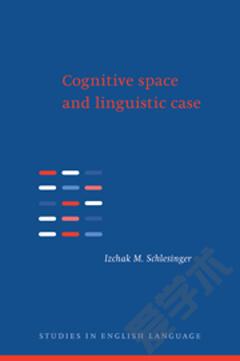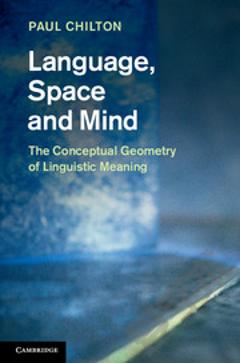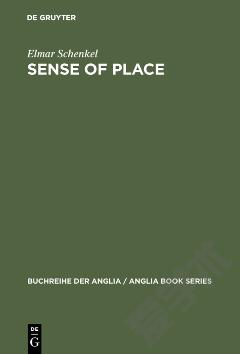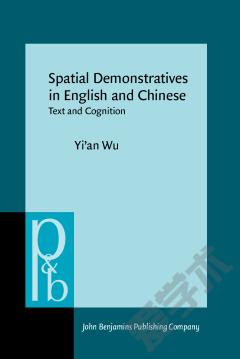The Semantics of English Prepositions: Spatial Scenes, Embodied Meaning, and Cognition
Using a cognitive linguistics perspective, this book provides a comprehensive, theoretical analysis of the semantics of English prepositions. All English prepositions originally coded spatial relations between two physical entities; while retaining their original meaning, prepositions have also developed a rich set of non-spatial meanings. In this study, Tyler and Evans argue that all these meanings are systematically grounded in the nature of human spatio-physical experience. The original 'spatial scenes' provide the foundation for the extension of meaning from the spatial to the more abstract. This analysis articulates an alternative methodology that distinguishes between a conventional meaning and an interpretation produced for understanding the preposition in context, as well as establishing which of several competing senses should be taken as the primary sense. Together, the methodology and framework are sufficiently articulated to generate testable predictions and allow the analysis to be applied to additional prepositions.
{{comment.content}}








 京公网安备 11010802027623号
京公网安备 11010802027623号